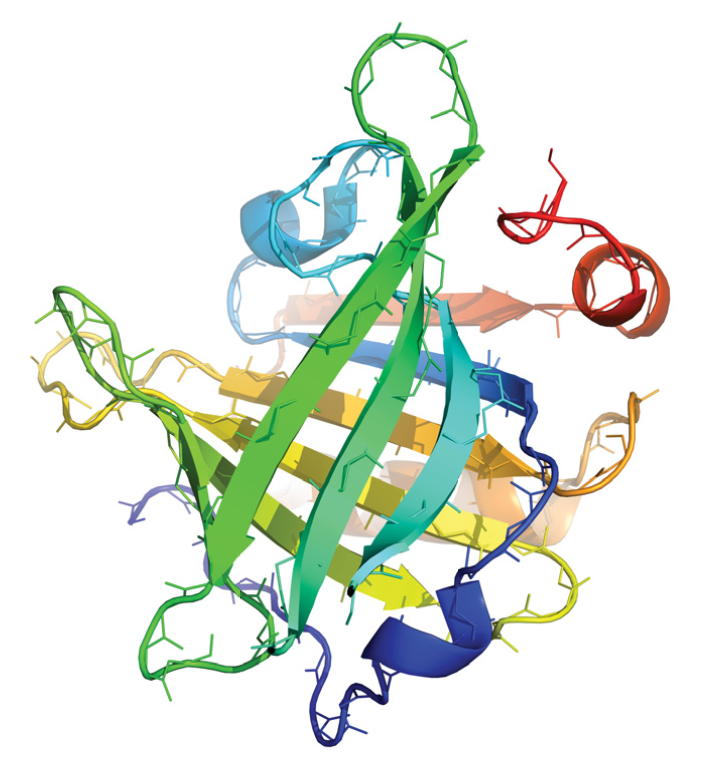Amyloid fibril systems reduce, stabilize and deliver bioavailable nanosized iron
Iron-deficiency anaemia (IDA) is a major global public health problem. A sustainable and cost-effective strategy to reduce IDA is iron fortification of foods, but the most bioavailable fortificants cause adverse organoleptic changes in foods. Iron nanoparticles are a promising solution in food matrices, although their tendency to oxidize and rapidly aggregate in solution severely limits their use in fortification. Amyloid fibrils are protein aggregates initially known for their associ- ation with neurodegenerative disorders, but recently described in the context of biological functions in living organisms and emerging as unique biomaterial building blocks. Here, we show an original application for these protein fibrils as efficient carriers for iron fortification. We use biodegradable amyloid fibrils from β-lactoglobulin, an inexpensive milk protein with natural reducing effects, as anti-oxidizing nanocarriers and colloidal stabilizers for iron nanoparticles. The resulting hybrid material forms a stable protein–iron colloidal dispersion that undergoes rapid dissolution and releases iron ions during acidic and enzymatic in vitro digestion. Importantly, this hybrid shows high invivo iron bioavailability, equivalent to ferrous sulfate in haemoglobin-repletion and stable-isotope studies in rats, but with reduced organoleptic changes in foods. Feeding the rats with these hybrid materials did not result in abnormal iron accumulation in any organs, or changes in whole blood glutathione concentrations, inferring their primary safety. Therefore, these iron–amyloid fibril hybrids emerge as novel, highly effective delivery systems for iron in both solid and liquid matrices.
